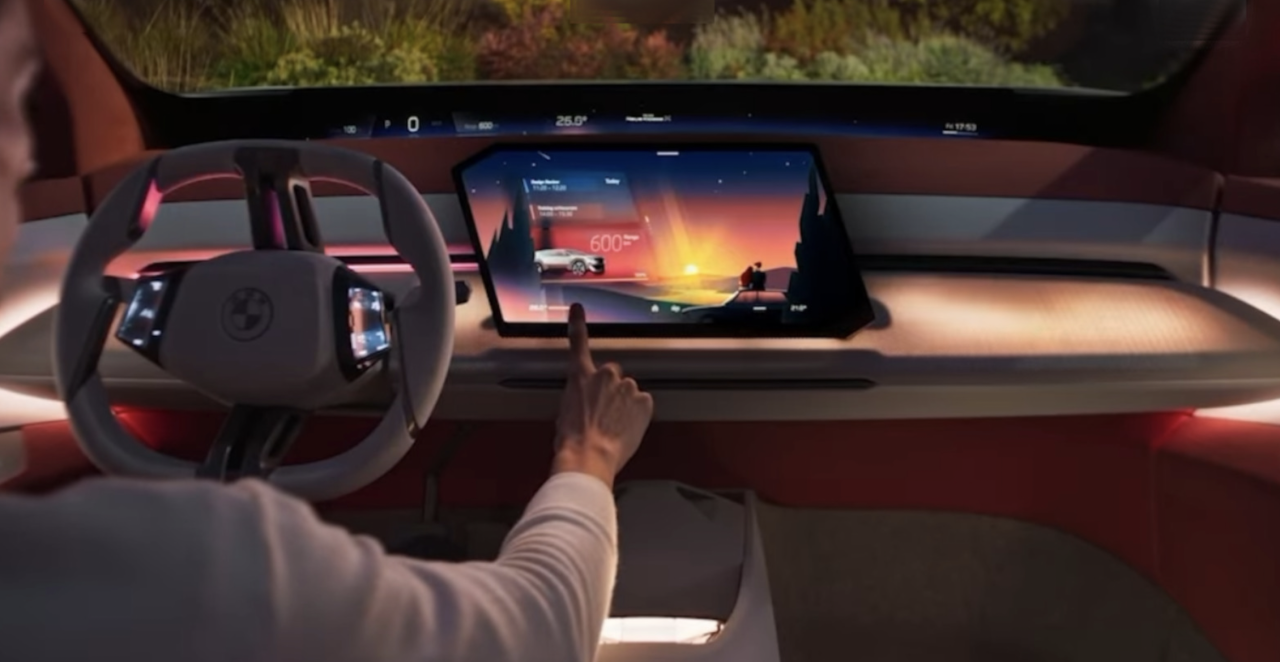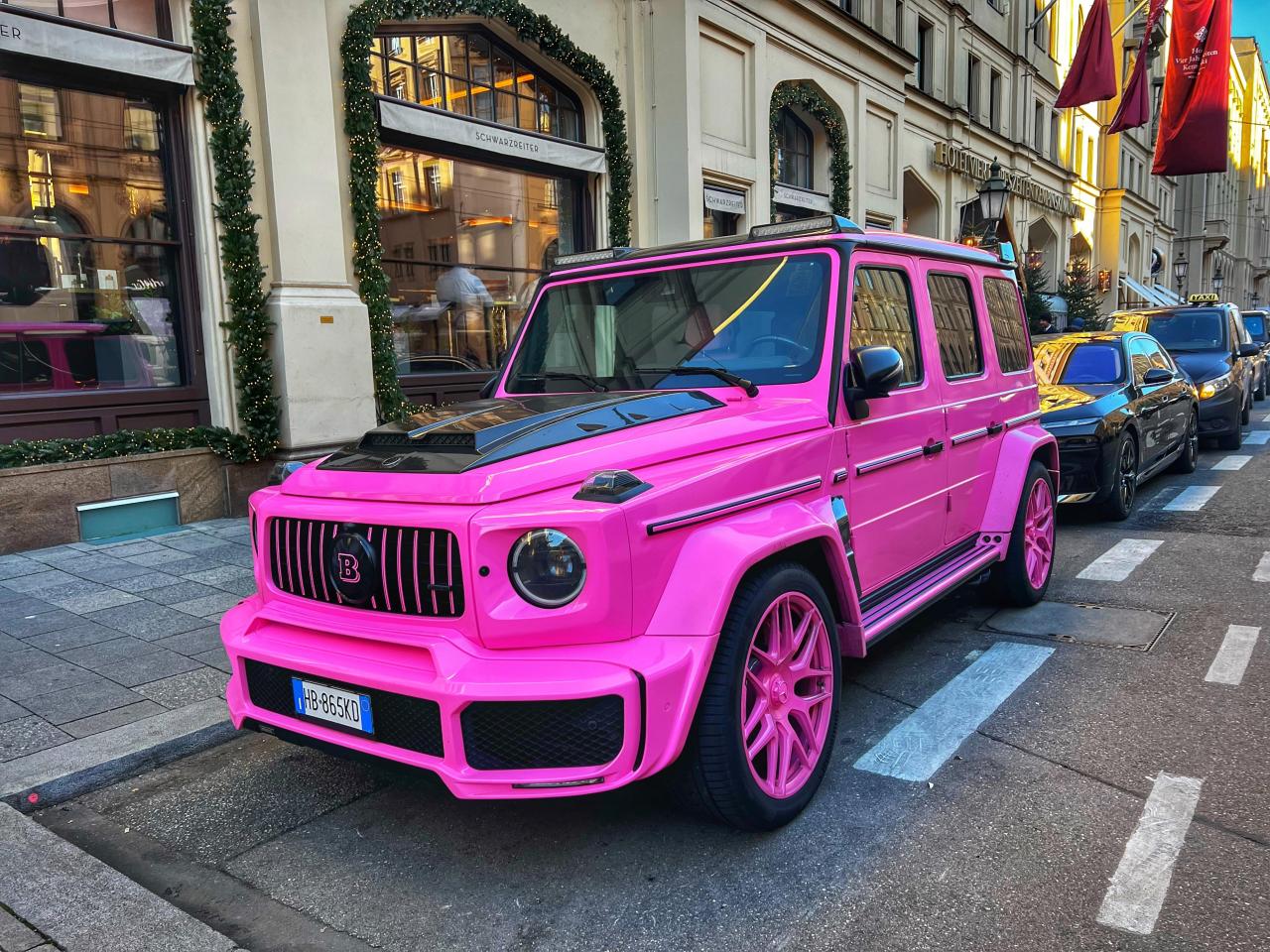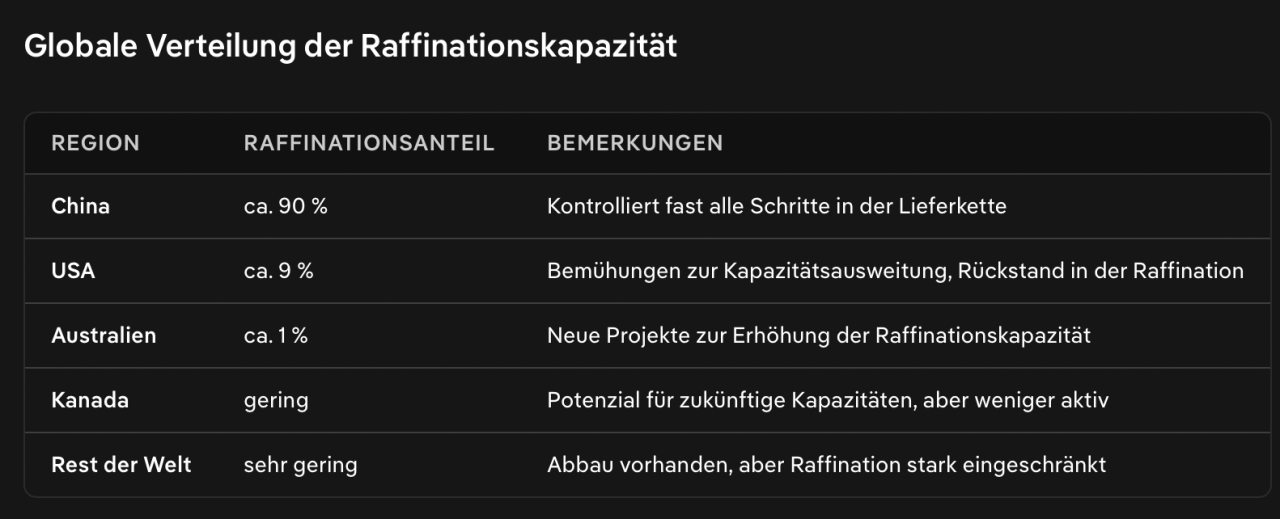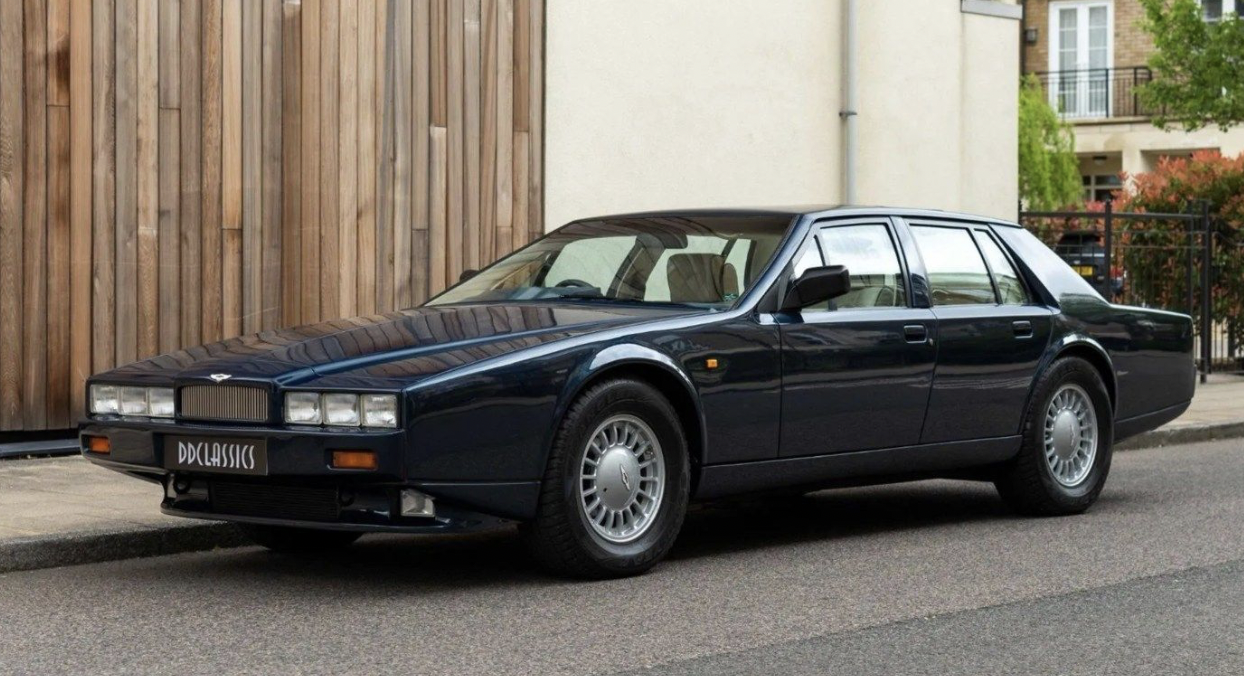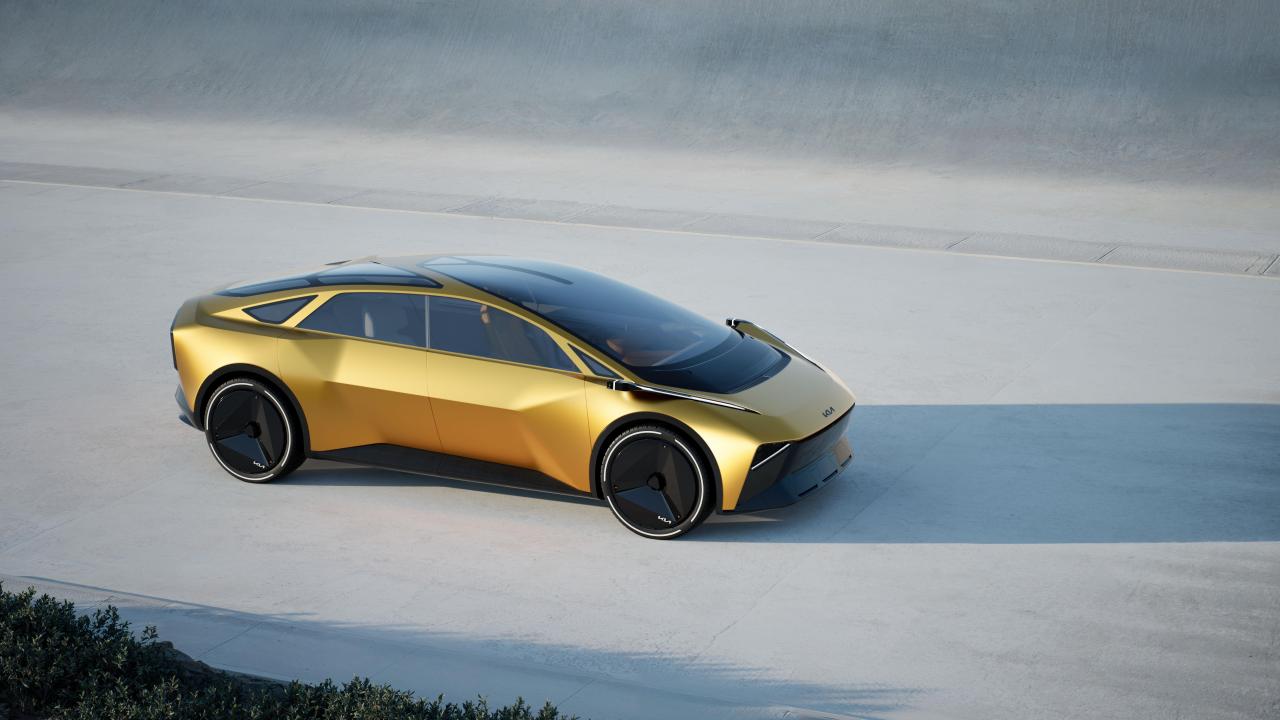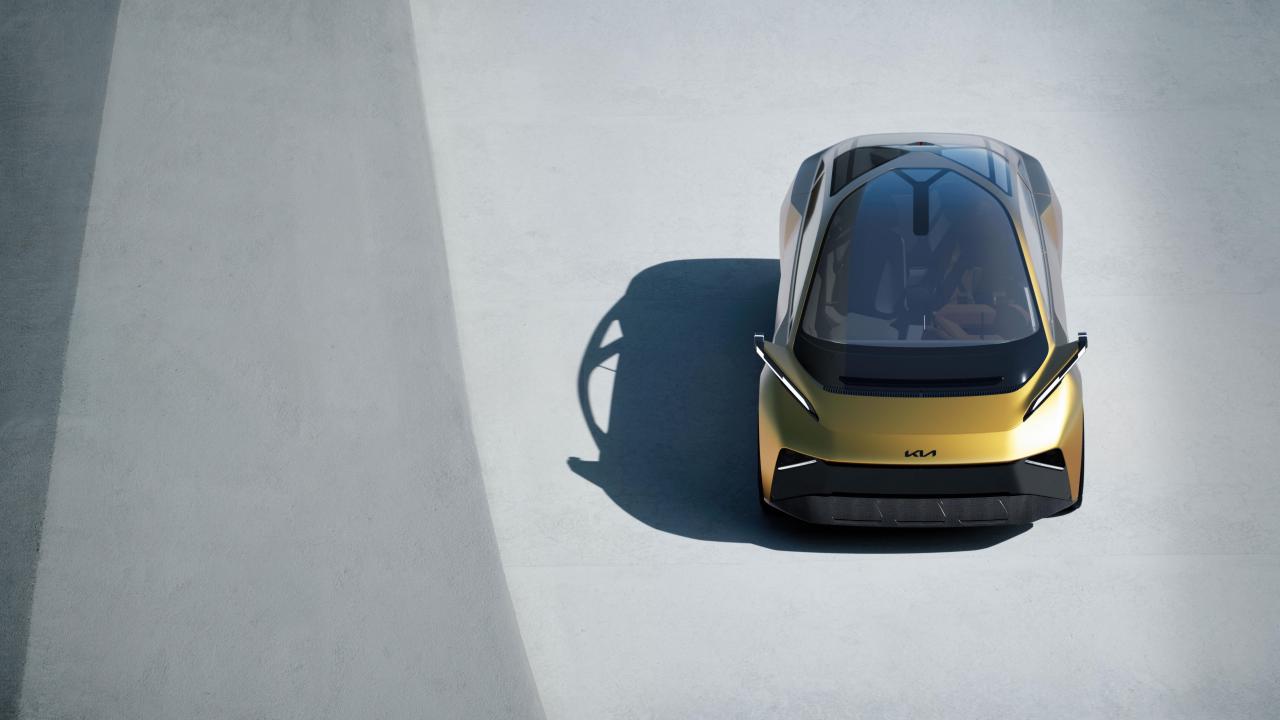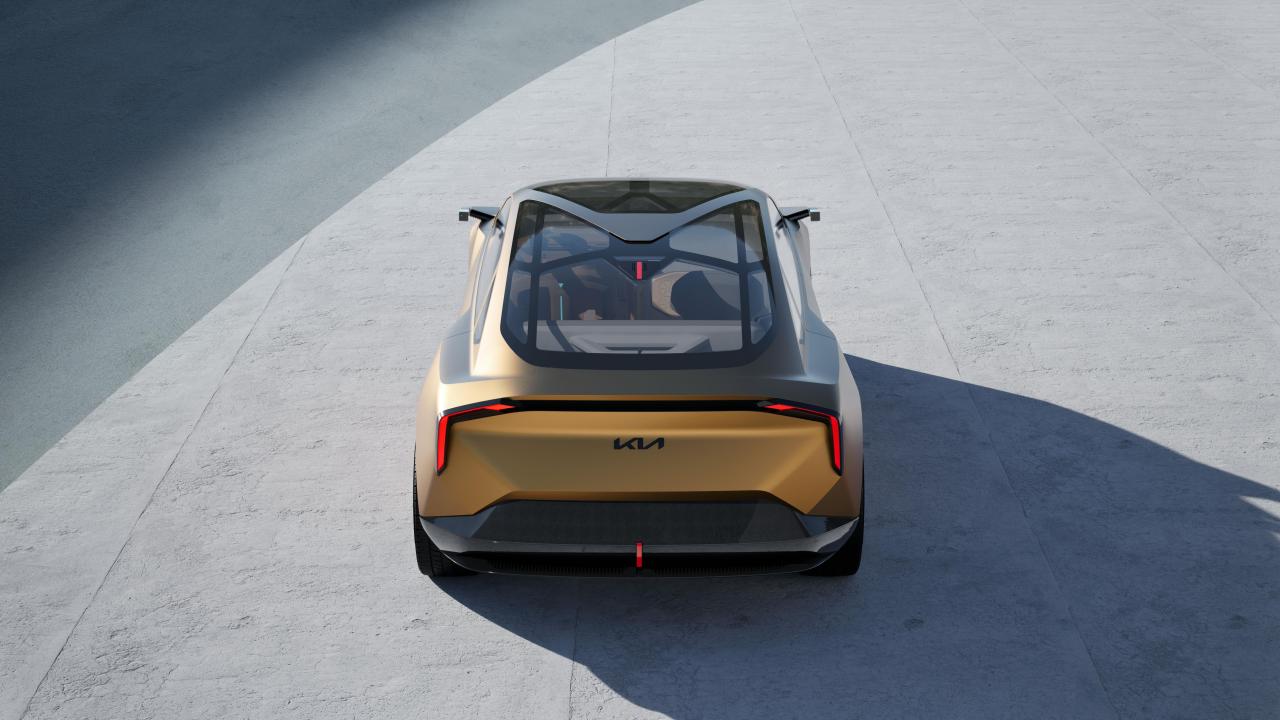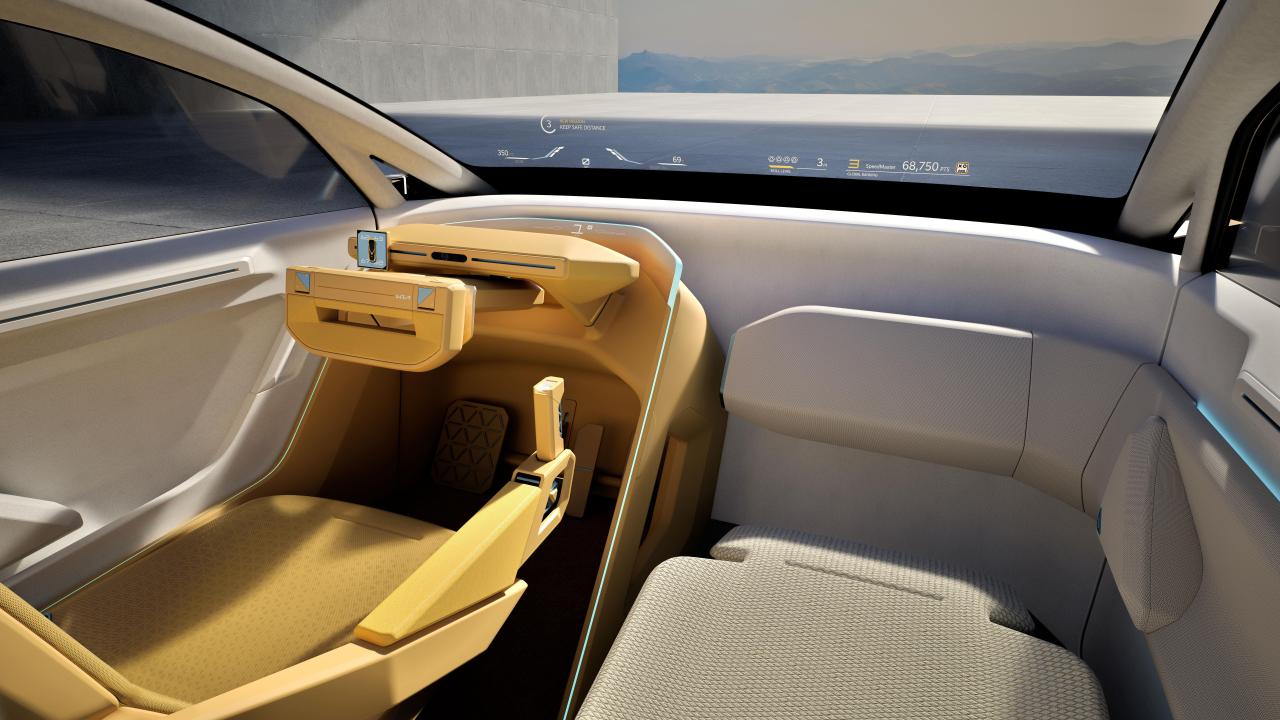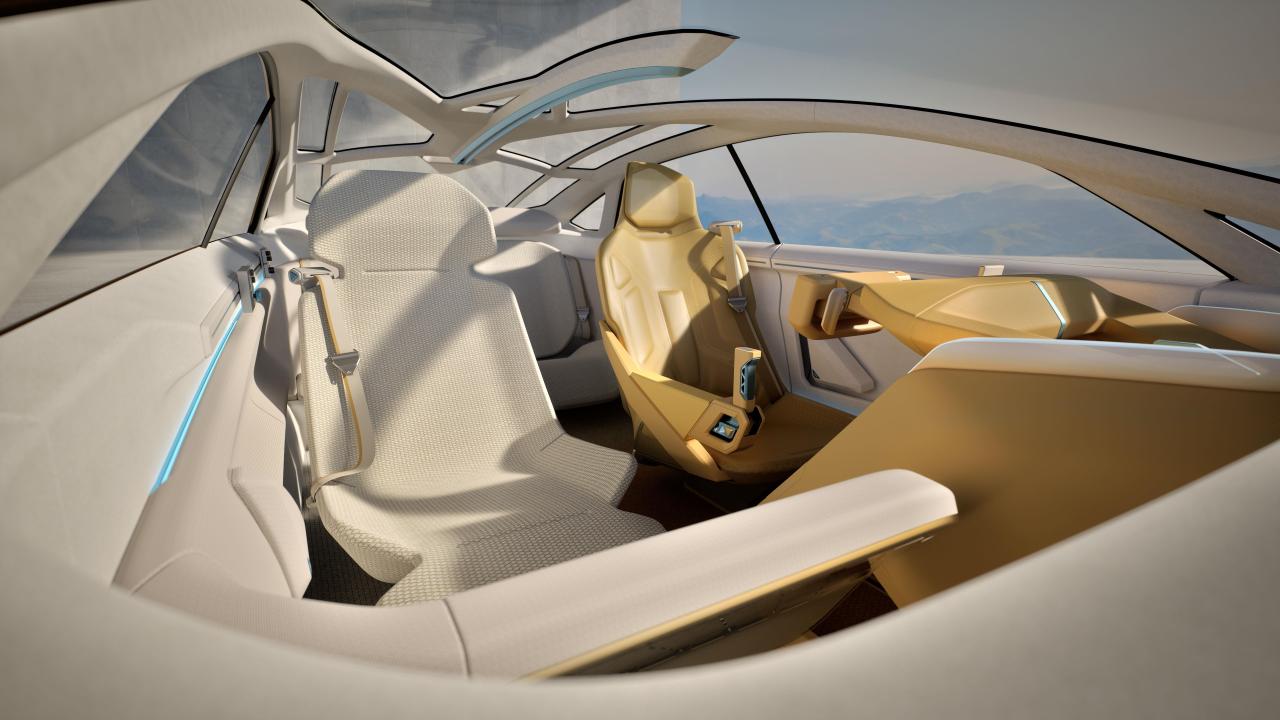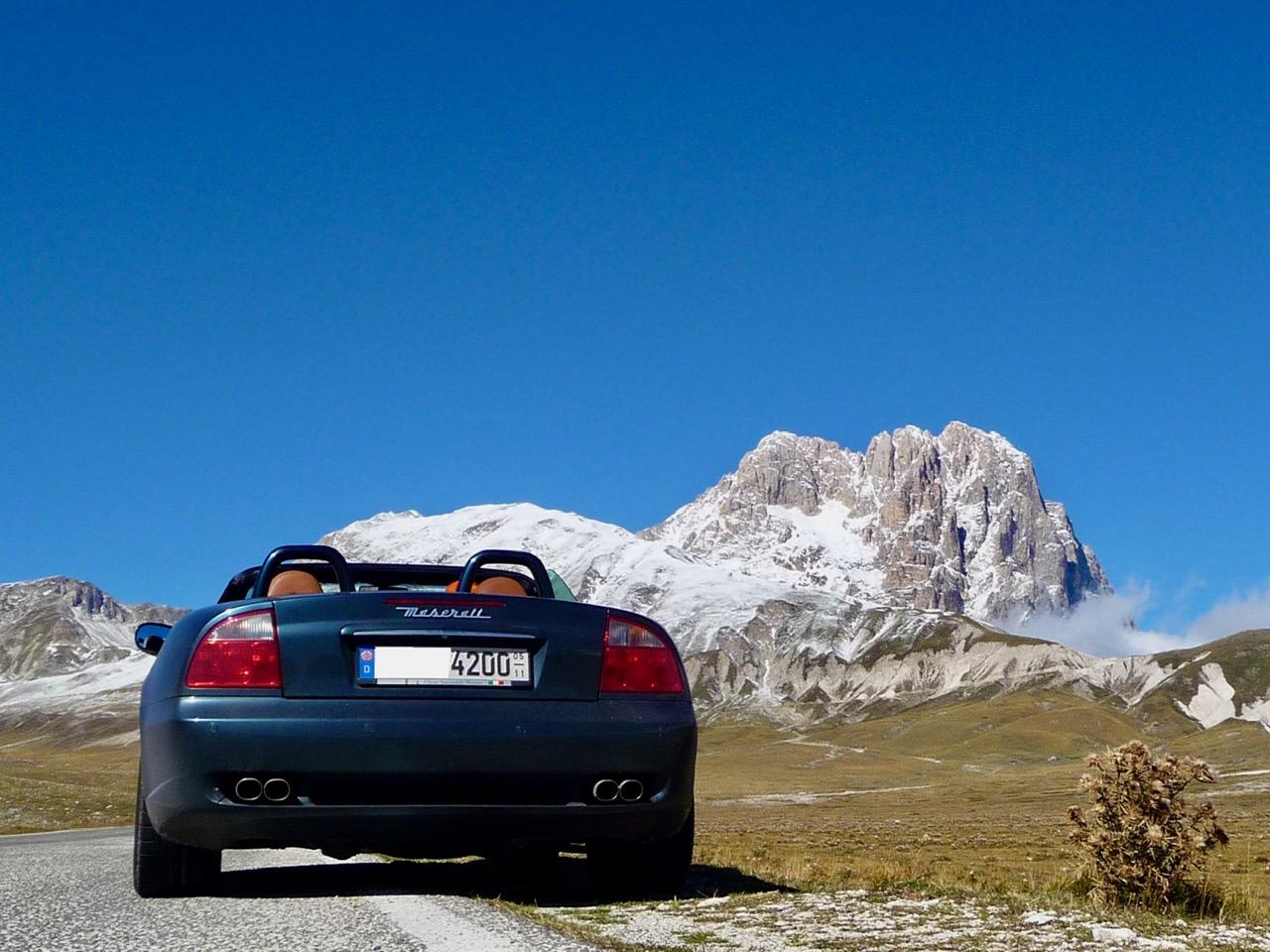
Tutti i contenuti di 4200blu
- Transizione ecologica ed il futuro della mobilità
- Transizione ecologica ed il futuro della mobilità
-
BMW X1 LCI & iX1 2027 - Prj. U11 LCI/NB5 (Spy)
…rer gli interni di tutte le BMW dei prossimi anni (nuovi e Lci) non avrete più bisogno di foto spia, perché con l’uscita della NA5 il design e le funzionalità saranno già noti 😎……Panoramic idrive what else
- Transizione ecologica ed il futuro della mobilità
-
Transizione ecologica ed il futuro della mobilità
…se prendi non „Settentrione“ ma „Italia“ poi e gia peggiore e se prendi non Italia ma Germania oppure Polonia poi la situazione e ancoro molto peggiore. Guidare una Bev in Polonia e una cosa piu sporca che un 2.0l diesel con la elettricita di Polonia. Naturalmente in Francia con corrente pulita nucleare la cosa e diversa.
- Avvistamenti auto moderne rare
-
Volkswagen ID.Polo 2026 ~ Seg.B BEV (Spy)
Versione 85-kW e 99-kW-Versionen di serie batteria a 37 kWh (netto) LFP con DC-max 90 kW versione 155-kW e 166-kW (GTI) di serie NMC a 52 kWh (netto) con DC-max 130 kW
- 131 risposte
-
-

- 2
-
-
- id
- id.2
- id2
- volkswagen
-
Taggato come:
-
Transizione ecologica ed il futuro della mobilità
Chinese lithium battery material suppliers announced price increase as high as 15% Several Chinese lithium battery material suppliers have recently issued price increase notices due to rising upstream raw material costs and a surge in demand driven by the convergence of global energy transition. For consumers, this means that the price of new energy vehicles may also be higher in 2026. Hunan Yuneng New Energy, a major Chinese supplier of lithium-ion battery cathode materials whose customers include CATL and BYD, announced that effective January 1, 2026, the processing fee for its entire range of lithium iron phosphate products will be increased by 3,000 yuan/ton (425 USD), excluding tax. And that if significant fluctuations occur in the market or raw material prices, product prices will be renegotiated. Another lithium battery manufacturer, Dejia Energy, announced that starting December 16, 2025, the selling price of battery products will be increased by 15% based on the current catalog price due to the significant increase in the raw material cost. The price of lithium hexafluorophosphate, a raw material used primarily as the conducting salt in liquid electrolytes for rechargeable lithium-ion batteries, surged from 55,000 yuan/ton (7,800 USD) to 120,000 yuan/ton (17,000 USD) in just two months, an increase of over 118%, according to tech-focused Chinese news outlet OFweek. The price of lithium cobalt oxide, used as the cathode in rechargeable lithium-ion batteries, soared from 140,000 yuan/ton (198,50 USD) at the beginning of the year to 350,000 yuan/ton (49,600 USD) in November, an increase of over 150%. The current price of battery-grade lithium carbonate has exceeded 94,000 yuan/ton (13,300 USD), with a single-month increase of over 16% in November. For every 10,000 yuan/ton (1,400 USD) increase in its price, the cost of lithium iron phosphate cathode material increases by approximately 2300 – 2500 yuan/ton (326 – 354 USD). Currently, lithium iron phosphate batteries account for 81.5% of the installed capacity in the power battery market in China. According to public reports, due to the continued tight supply and demand for power batteries, some automakers are flocking to leading battery manufacturers to secure supplies to overcome battery supply bottlenecks and ensure minimal impact to their vehicle production schedules. He Xiaopeng, chairman of Xpeng Motors, even publicly stated that he had “had drinks with all the battery manufacturers’ bosses.” (CNC)
- Avvistamenti auto moderne rare
- Transizione ecologica ed il futuro della mobilità
-
Maserati - Filosofia sul brand, sui modelli e sullo sviluppo
Hmmm, sicuro? Le cifre del parco circolante in Germania parlano un altro risultato: Durante gli anni fino fine 2024 erano immatricolate ca. 4100 Levante in Germani, al 1.1.2025 il KBA ha registrato un parco circolante di Levante di 1490 unita. Dove sono finite gli altri? Tutti venduti al estero o forse anche rottamate o smontato e venduto in parti? Perche quasi 2/3 sono spariti? Per qualita alta e possessori contentissimi? Mah….dubito….. (per paragone: della Z8 erano immatricolate 1760 in Germania per gli anni del epoca, al 1.1.25 erano ancora in circolazione 1490)
- 583 risposte
-
- 2.0 mhev
- 2.0 phev
- folgore
- future maserati
-
Taggato come:
- 2.0 mhev
- 2.0 phev
- folgore
- future maserati
- ghibli mca
- grecale
- levante m184
- levante mca
- m156
- m157
- m161
- m183
- m184
- m189
- m240
- m6u
- m9s
- maserati
- maserati 100% electric
- maserati bev
- maserati d-uv
- maserati elettrica
- maserati ev
- maserati f-uv
- maserati full electric
- maserati grecale
- maserati mc20
- maserati newgt
- maserati spy
- maserati supercar
- mmxx
- mmxxi
- new v6
- nuove maserati
- nuovi modelli
- quattroporte m183
- quattroporte mca
-
CEER GT EV 2029 (Spy)
Bellissima, in perfetta sintonia con la vecchia…….. Perche? Lucid va avanti e naturalmente poi Aston puo prendere il pwt Lucid aggiornato.
-
Maserati - Filosofia sul brand, sui modelli e sullo sviluppo
La domanda fondamentale è però perché sia così: un'auto usata che nessuno vuole ha di solito un motivo: mancanza di potere del marchio, scarsa qualità a lungo termine, servizio di assistenza scadente, prezzi esorbitanti dei ricambi, indisponibilità dei ricambi o altro, ci deve essere un motivo.
- 583 risposte
-
- 2.0 mhev
- 2.0 phev
- folgore
- future maserati
-
Taggato come:
- 2.0 mhev
- 2.0 phev
- folgore
- future maserati
- ghibli mca
- grecale
- levante m184
- levante mca
- m156
- m157
- m161
- m183
- m184
- m189
- m240
- m6u
- m9s
- maserati
- maserati 100% electric
- maserati bev
- maserati d-uv
- maserati elettrica
- maserati ev
- maserati f-uv
- maserati full electric
- maserati grecale
- maserati mc20
- maserati newgt
- maserati spy
- maserati supercar
- mmxx
- mmxxi
- new v6
- nuove maserati
- nuovi modelli
- quattroporte m183
- quattroporte mca
-
Transizione ecologica ed il futuro della mobilità
Mah….solo VW per esempio ha un piano di investimenti (2026-2030) di 120 miliardi per le elettriche e 60 miliardi per l'ulteriore sviluppo dei motori a combustione interna, questi 60Mrd non sarebbero stati necessari senza le esitazioni della Bruxelles. ora con questo forse un po' hai quasi costi doppi…complimenti.
- BMW X7 & iX7 2027 - Prj. G67 (Spy)
- Transizione ecologica ed il futuro della mobilità
- Transizione ecologica ed il futuro della mobilità
- Transizione ecologica ed il futuro della mobilità
-
Transizione ecologica ed il futuro della mobilità
Se così fosse come scrivono, si tratterebbe solo di una facciata e di un inganno: in linea di principio non cambierebbe nulla, perché non ci sarebbero le enormi quantità di e-fuel necessarie, quindi sarebbe solo una possibilità teorica senza alcun riferimento alla realtà. Il futuro purtroppo è bev, punto.
-
Transizione ecologica ed il futuro della mobilità
Will the EU Commission allow plug-in hybrids until 2040?The EU Commission is expected to present its new 'Automobile Package' next week. According to a recent report, the strategy may include a five-year extension for new registrations of passenger cars with internal combustion engines for plug-in hybrids and range-extender vehicles—until 2040 instead of 2035. The discussion hinges on several key points. Firstly, from 2035 onwards, new cars with internal combustion engines (ICE) in the European Union will only be eligible for first-time registration if they form part of a plug-in hybrid (PHEV) or range-extender (EREV) powertrain. Conventional ICE vehicles, as well as mild or full hybrids with minimal electric support, are reportedly excluded from these considerations, according to Bloomberg’s sources. Another critical aspect is that the proposed extension is limited to just five years. The report also outlines additional conditions. As EU Transport Commissioner Apostolos Tzitzikostas hinted in early December, these vehicles must run on ‘advanced biofuels’ or ‘e-fuels’. However, it remains unclear how authorities will ensure that PHEVs and EREVs use only these fuels and not fossil petrol. Equally uncertain is the availability and cost of these fuels by 2035. Bloomberg also reports another requirement: the production of these vehicles must use green steel. Yet, it is unclear what quantities of this material will be available to the automotive industry in a decade, or at what cost. Even if these practical challenges are overcome, such vehicles are unlikely to enter the market in unlimited numbers. The proportion of PHEVs and EREVs permitted for registration in the EU after 2035 ‘still needs to be decided,’ according to the report. Bloomberg notes that ‘key technical details’ regarding the fuels are still being finalised, and discussions within the Commission are ongoing. Given this interim status, further changes remain possible—or even likely. However, amid the multitude of conditions and restrictions being discussed to soften the existing 2035 targets, one outcome seems increasingly unlikely: a complete U-turn by the EU Commission. This would involve—as requested by German Chancellor Friedrich Merz in his letter to Commission President Ursula von der Leyen (both CDU)—allowing new plug-in hybrids, range-extenders, and ‘highly efficient combustion engines’ without any restrictions after 2035. Instead, the result is likely to be a typical political compromise: some conditions may be relaxed as a concession, while the other side accepts certain fundamental changes. The final agreement could be revealed as early as next week, with sources suggesting the 16th or 17th of December as possible dates for the presentation of the ‘car package’. In addition to Germany, six other EU countries, including Italy and Poland, have recently advocated for softening the original, stringent CO₂ targets for 2035. Their governments argue that the targets and the associated technological shift are too radical, warning that the industry is at risk. However, opponents of this view also highlight a danger for the industry: if companies continue to invest heavily in two parallel technology pathways rather than committing to a clear transition, they risk falling further behind China in battery-electric vehicle development. Environmental groups, as reported by Bloomberg, also fear loopholes that could undermine Europe’s climate goals. The decisive factor will likely be how precisely the requirements for e-fuels and biofuels are defined. E-fuels can be CO₂-neutral on a lifecycle basis if CO₂ is captured from the atmosphere during production and only renewable energy is used. However, no large-scale CO₂ capture or e-fuel production facilities currently exist, and the energy requirements remain unresolved. Biofuels also face criticism: they could compete with food production and place additional strain on agricultural land. bloomberg.comThe discussion hinges on several key points. Firstly, from 2035 onwards, new cars with internal combustion engines (ICE) in the European Union will only be eligible for first-time registration if they form part of a plug-in hybrid (PHEV) or range-extender (EREV) powertrain. Conventional ICE vehicles, as well as mild or full hybrids with minimal electric support, are reportedly excluded from these considerations, according to Bloomberg’s sources. Another critical aspect is that the proposed extension is limited to just five years. The report also outlines additional conditions. As EU Transport Commissioner Apostolos Tzitzikostas hinted in early December, these vehicles must run on ‘advanced biofuels’ or ‘e-fuels’. However, it remains unclear how authorities will ensure that PHEVs and EREVs use only these fuels and not fossil petrol. Equally uncertain is the availability and cost of these fuels by 2035. Bloomberg also reports another requirement: the production of these vehicles must use green steel. Yet, it is unclear what quantities of this material will be available to the automotive industry in a decade, or at what cost. Even if these practical challenges are overcome, such vehicles are unlikely to enter the market in unlimited numbers. The proportion of PHEVs and EREVs permitted for registration in the EU after 2035 ‘still needs to be decided,’ according to the report. Bloomberg notes that ‘key technical details’ regarding the fuels are still being finalised, and discussions within the Commission are ongoing. Given this interim status, further changes remain possible—or even likely. However, amid the multitude of conditions and restrictions being discussed to soften the existing 2035 targets, one outcome seems increasingly unlikely: a complete U-turn by the EU Commission. This would involve—as requested by German Chancellor Friedrich Merz in his letter to Commission President Ursula von der Leyen (both CDU)—allowing new plug-in hybrids, range-extenders, and ‘highly efficient combustion engines’ without any restrictions after 2035. Instead, the result is likely to be a typical political compromise: some conditions may be relaxed as a concession, while the other side accepts certain fundamental changes. The final agreement could be revealed as early as next week, with sources suggesting the 16th or 17th of December as possible dates for the presentation of the ‘car package’. In addition to Germany, six other EU countries, including Italy and Poland, have recently advocated for softening the original, stringent CO₂ targets for 2035. Their governments argue that the targets and the associated technological shift are too radical, warning that the industry is at risk. However, opponents of this view also highlight a danger for the industry: if companies continue to invest heavily in two parallel technology pathways rather than committing to a clear transition, they risk falling further behind China in battery-electric vehicle development. Environmental groups, as reported by Bloomberg, also fear loopholes that could undermine Europe’s climate goals. The decisive factor will likely be how precisely the requirements for e-fuels and biofuels are defined. E-fuels can be CO₂-neutral on a lifecycle basis if CO₂ is captured from the atmosphere during production and only renewable energy is used. However, no large-scale CO₂ capture or e-fuel production facilities currently exist, and the energy requirements remain unresolved. Biofuels also face criticism: they could compete with food production and place additional strain on agricultural land. (electrive / Bloomberg)
-
Volkswagen acquista il 90,1% di Italdesign
Fixed 😁
-
Kia Vision Meta Turismo Concept 2025
- Kia Seltos II 2026
- Kia Seltos II 2026
-
BMW i3 2026 - Prj. NA0 (Spy)
solo questa, G51 non ci sara piu.






